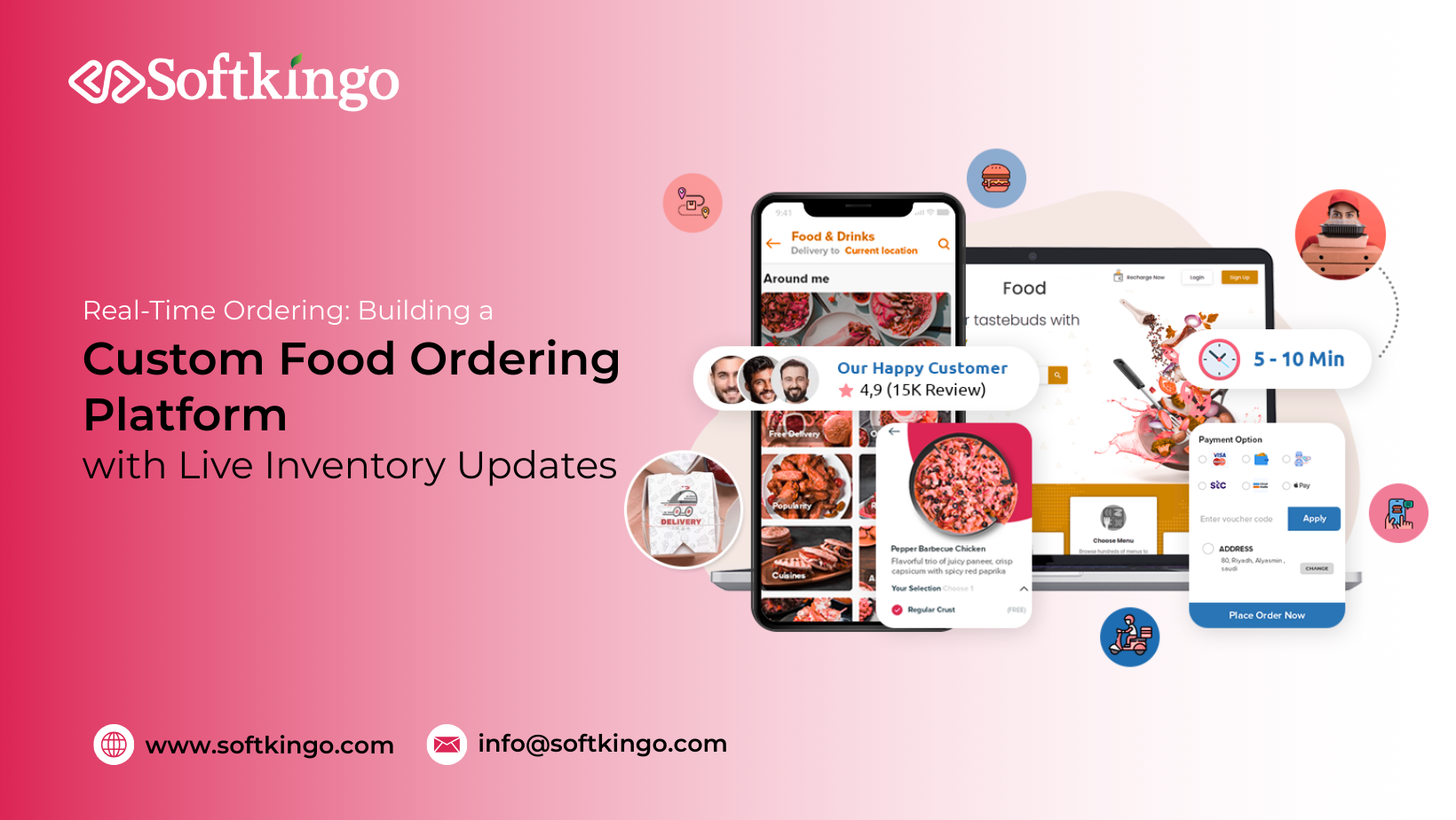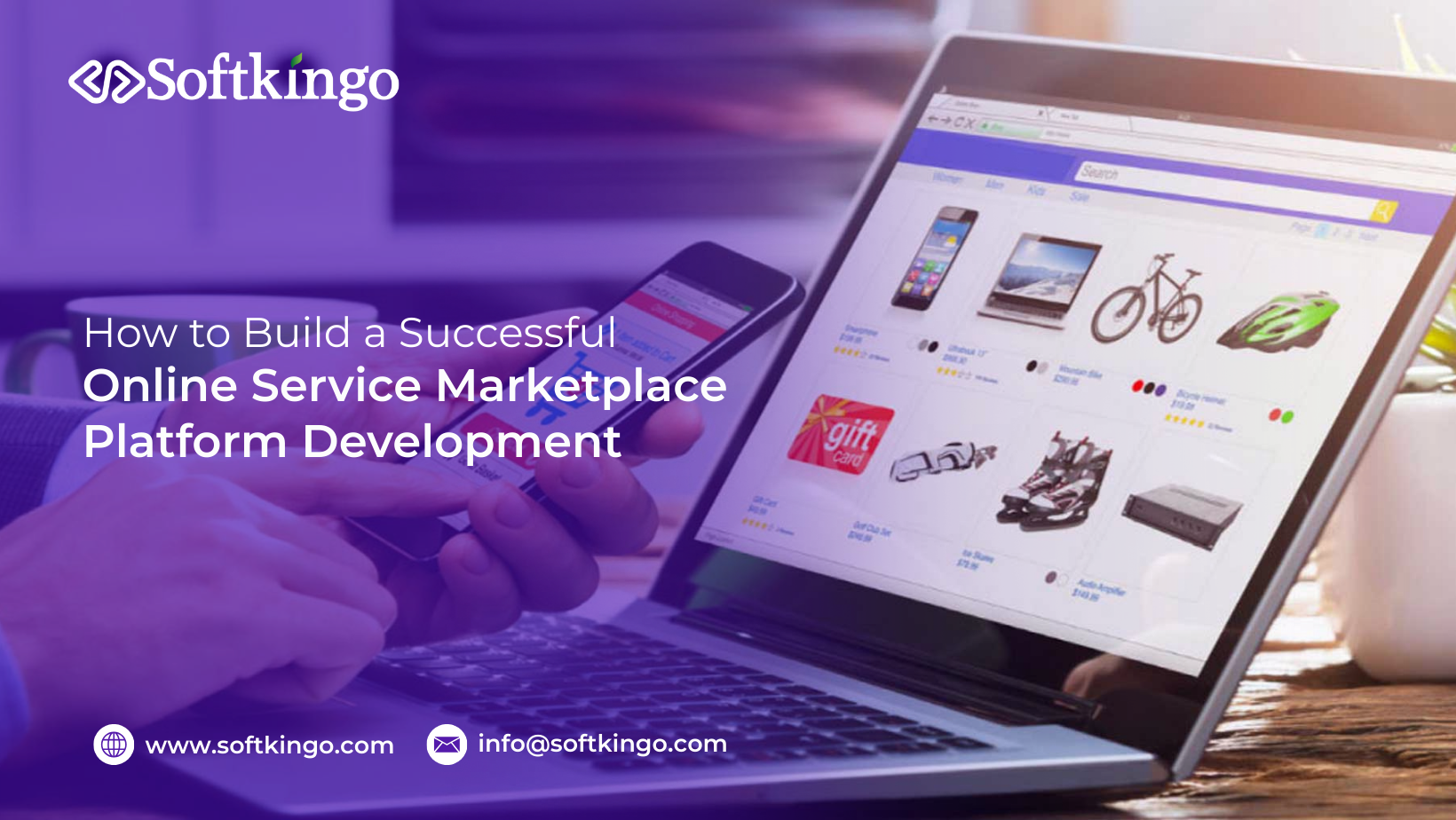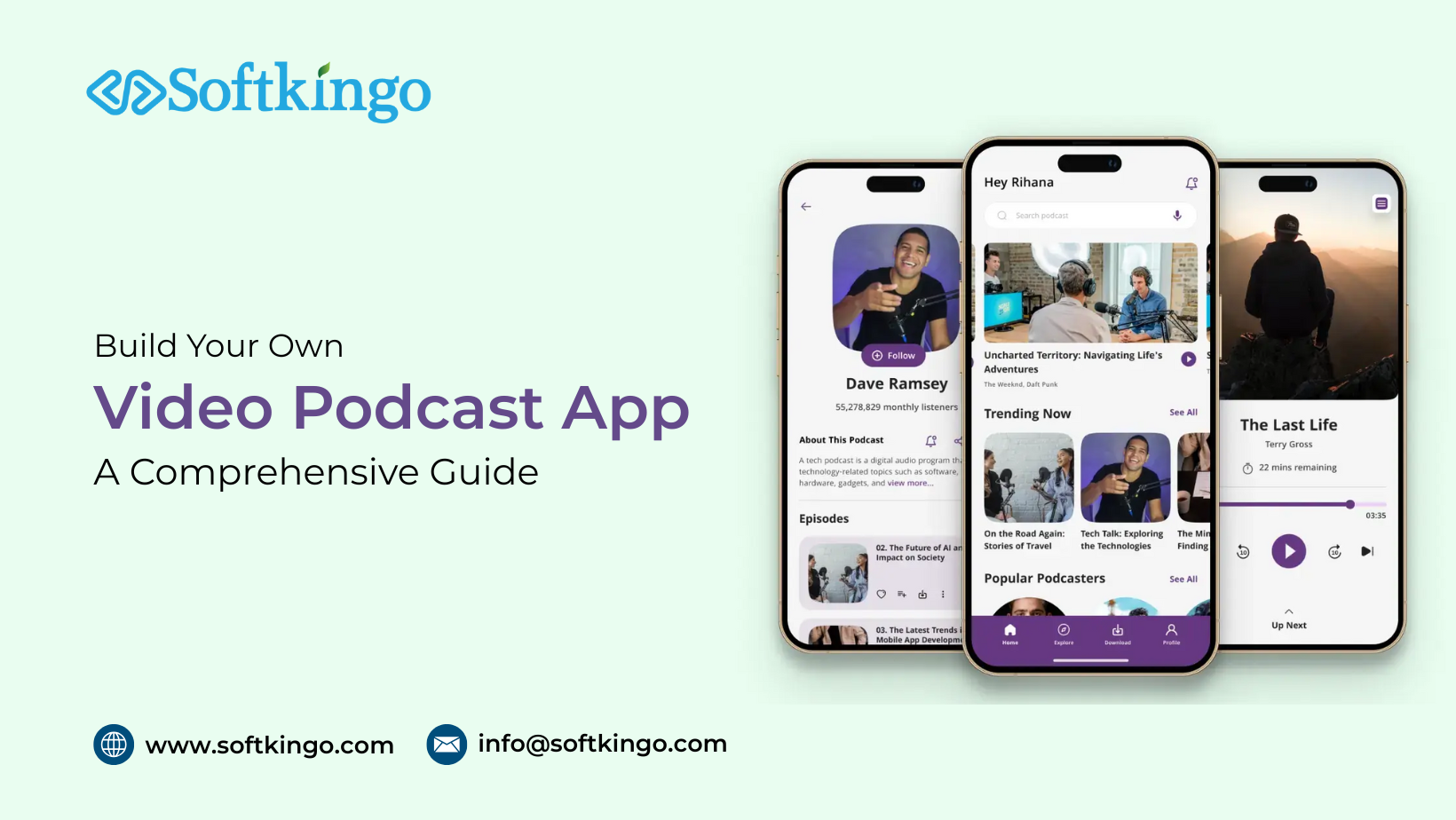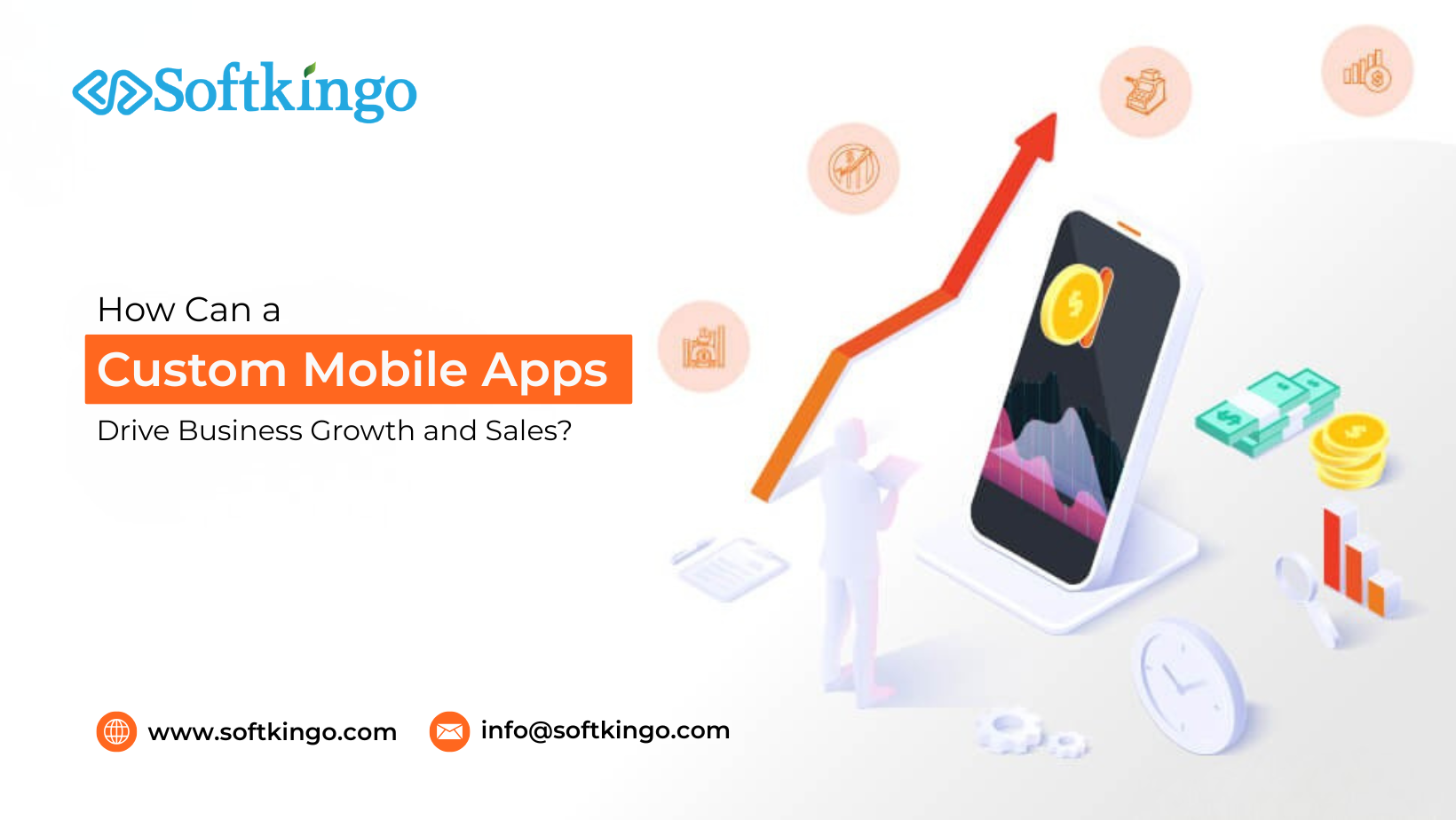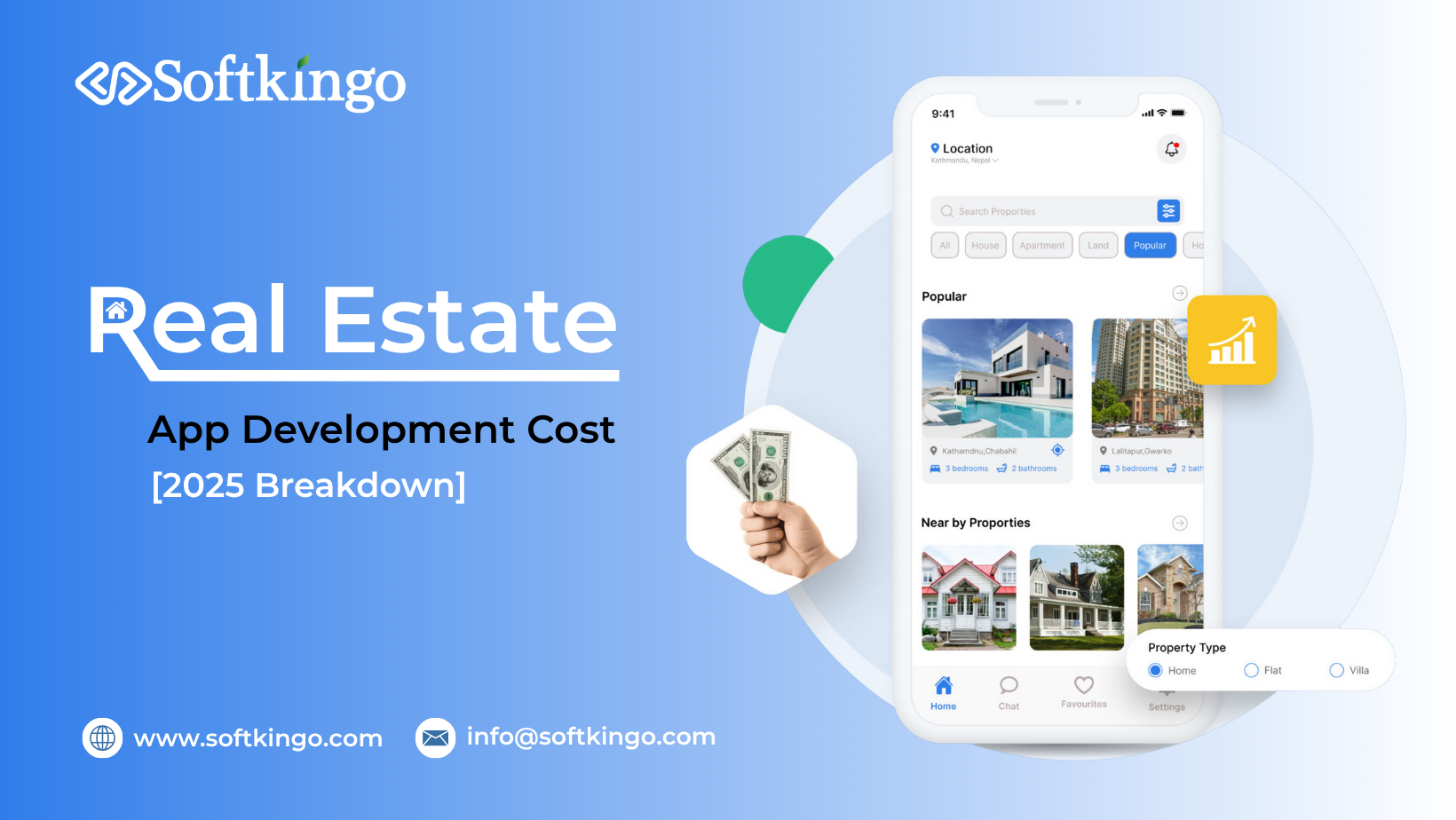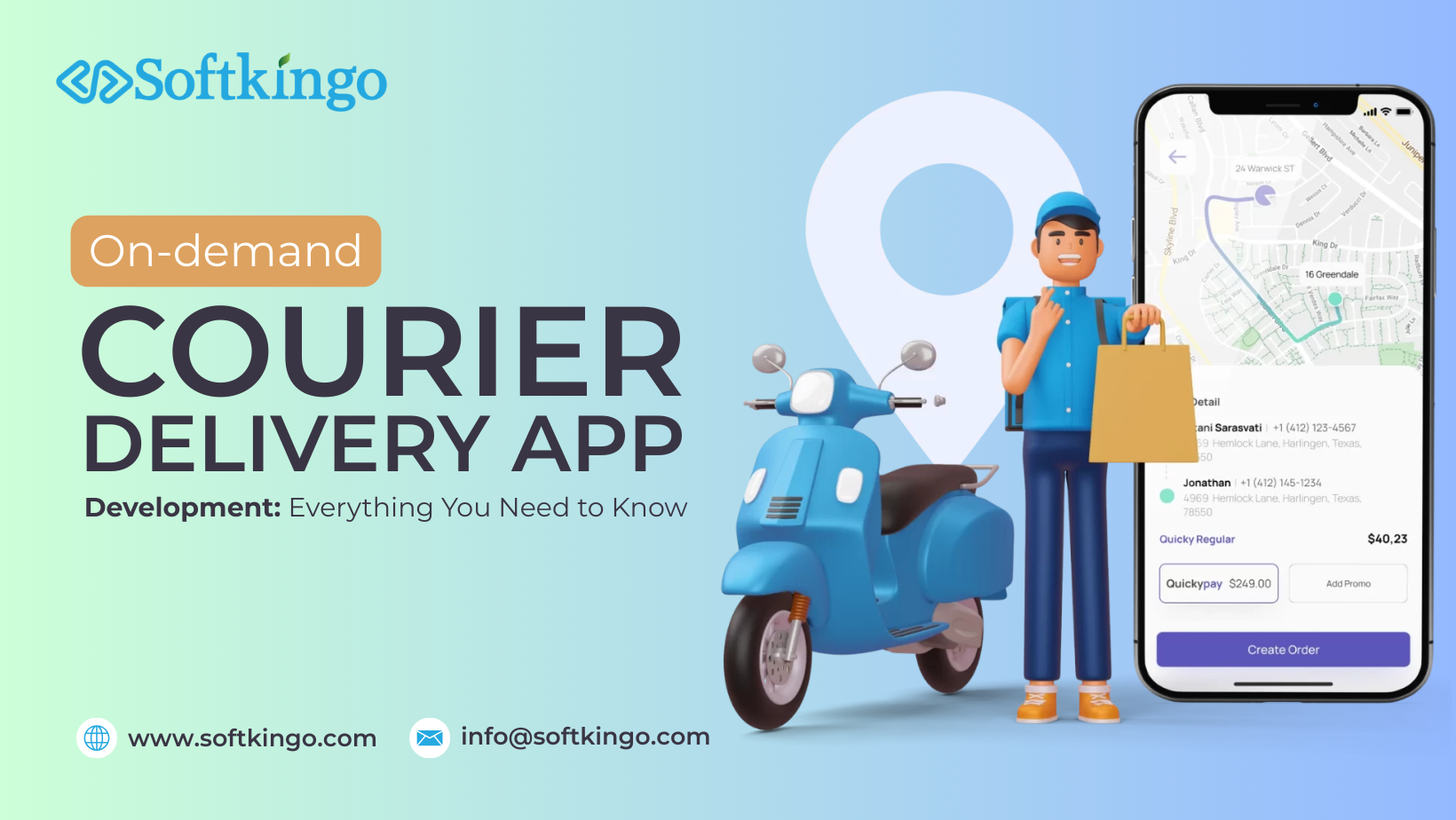
The courier delivery world is changing every day because of technological innovations. For entrepreneurs who would like to have a share of this booming industry, courier app development is a brilliant opportunity to fulfill increasing consumer needs. However, there is an essential difference between content creation from scratch and cloning a winning application.
The process of costly research, market analysis, testing, and designing to come up with a unique customized product is involved in the development of an app from scratch. However, cloning an app is a faster process that uses the success formula of existing courier apps; it has a quick launch, but there is little scope for differentiation.
Whether you’re starting from scratch or making an existing model a clone, the key components and features of a successful courier delivery app will enable your app to succeed. In this post, we’ll walk you through the steps, features, and best practices of building a complete Courier app from scratch.
Overview of the Statistics: Why is Courier App Development Important?
When it comes to a courier delivery app development project, strong statistical data may drive decision-making. Let us have a glimpse of global statistics to know the growth prospect:
- Global Reach: The courier delivery industry has hit over $300 billion in 2022, and it is going to grow at an annualized growth rate of 2% CAGR between 2023 and 2030. This means a golden market for entrepreneurs.
- Consumer Preferences: About 60% of consumers prefer fast delivery to cost-effectiveness, indicating that there is a high level of demand for speed of parcel delivery. Additionally, 75% of consumers would like parcel delivery services with real-time tracking capabilities.
These statistics point to enormous space within the market of courier deliveries and a chance for an entrepreneur to develop a profitable app solution.
Comparative Study: Traditional vs. Modern Courier Apps
Over the past decades, courier app development has reached great heights. To understand what is now the standard of the industry and the best practices, you can compare the traditional courier systems to the modern digital delivery apps:
- Tracking Options:
- Old Systems:In the past, companies only provided their reference numbers for tracking without up-to-date updates, which means without up-to-the-minute updates.
- Modern Apps: Modern courier apps use GPS technology to keep customers updated on treat-time parcel delivery and delivery tracking, increasing transparency, reliability, and thus customer trust.
2. Data Entry:
- Old Systems: Error and delay were common when entering manual addresses.
- Modern Apps: Automated address filling reduces errors, expedites the process, and makes the entire delivery experience quite easy.
3. Payment Methods:
- Old Systems: Many times payment was stipulated with cash on delivery (COD).
- Modern Apps: These days, users enjoy a variety of payment options, including credit card, debit card, and net banking, enabling one to pay more satisfactorily.
4. Delivery Updates:
- Old Systems: Updates on delivery were sparse and much drawing.
- Modern Apps: Update notifications, such as ETA, traffic/weather stats, update customers in real-time, and sustain their interest along the way.
5. In-Built Support:
- Old Systems: Customer support was only available if you made a call, and waiting often turned to hours.
- Modern Apps: Numerous apps have in-app call or SMS support, which helps clients to quickly resolve various issues without much difficulty.
What does the app development backstage look like?
Although a courier app might appear to be an uncomplicated-looking gadget, behind the scenes is a rather sophisticated system working against all actual deliveries. Here is a breakdown of what you get to see in the background:
- User Interface (UI): A simple, intuitive UI is critical for a great experience for the end user. It provides users with easy navigation and tracking of book parcels.
- Database Management: Everything, literally from all user information to delivery orders to payment history and beyond as well, is all stored safely in a backend database. This is data security and easy retrieval.
- Order Management System (OMS): This system will handle orders, delegate them to delivery partners, and monitor the status of orders. It guarantees prompt delivery and quick distribution.
- Geofencing & Allocation: Through geofencing, the app recommends delivery partners depending on the proximity, availability, and workload. The feature enhances service delivery and satisfaction even for customers and delivery partners.
- Admin Panel: Through the admin panel, app administrators are able to manage the whole fleet, keep a tab on transactions, follow up on performance, and troubleshoot any possible problem before escalation.
Inevitable Features of Courier Delivery App Development
After we covered the background of a courier app, it is time to move to the functions that you should incorporate for your app to be functional, friendly, and competitive.
- Registration Process: Signing up should be possible easily using a phone number or email. These profiles should contain appropriate delivery preferences; hence, future bookings will not only be faster but also more efficient.
- Easy Booking: The app should be easy to book deliveries through. Users should only have to type in the recipient’s address, parcel specifics, and preferred delivery time.
- Payment Process: In fact, a number of options for payments (credit/debit cards, net banking, etc.) must be made available to ensure that all users are able to operate with ease.
- GPS Navigation: Real-time navigation ensures intermediaries find the best routes, thus delivering fast and efficient delivery.
- Tracking & Updates: Real-time tracking is crucial. Add ETA updates and delivery status updates merely to keep the customers updated.
- Feedback and Rating: Let customers review and rate delivery partners; thus, service quality is improved, and one gets transparency.
- Data Management & Security: User data security is priority number one. Make sure that sensitive information such as payment details and addresses is stored and managed securely.
Get Your Success Started using the Right Courier App Development Strategies.
Once you understand the main elements and peculiarities needed for a courier app to be successful, the next step is finding the right development team to make your vision a reality. Softkingo is among the best development companies that provide expert courier app development services. Afraid of wasting a fortune on a fruitless endeavor, but you still have no idea where to start? Years of expertise and a track record of successes, and they will assist you in making your courier app a reality and delivering it to customers quickly and painlessly in all aspects.
Get in touch with Softkingo today to take your first step in the booming delivery of couriers and benefit from the huge chances of development.
Conclusion
Creating a courier app from scratch is, therefore, a once-in-a-lifetime opportunity for unique differentiation and the latest features for end users. With a sound strategy, research, and technology, your app can keep up with a thriving market, which will continue to grow in the years to come. Begin today with your first step and plan your courier app development course.
Paramhans Singh is the CEO and founder of Softkingo Technologies, bringing over 8 years of experience in delivering custom software solutions that help startups and enterprises achieve their business goals. He has successfully validated more than 220 app and website ideas and delivered over 100 tailored solutions, utilizing a range of technologies such as Swift, Kotlin, React Native, Flutter, PHP, RoR, IoT, AI, NFC, AR/VR, Blockchain, and NFTs.




